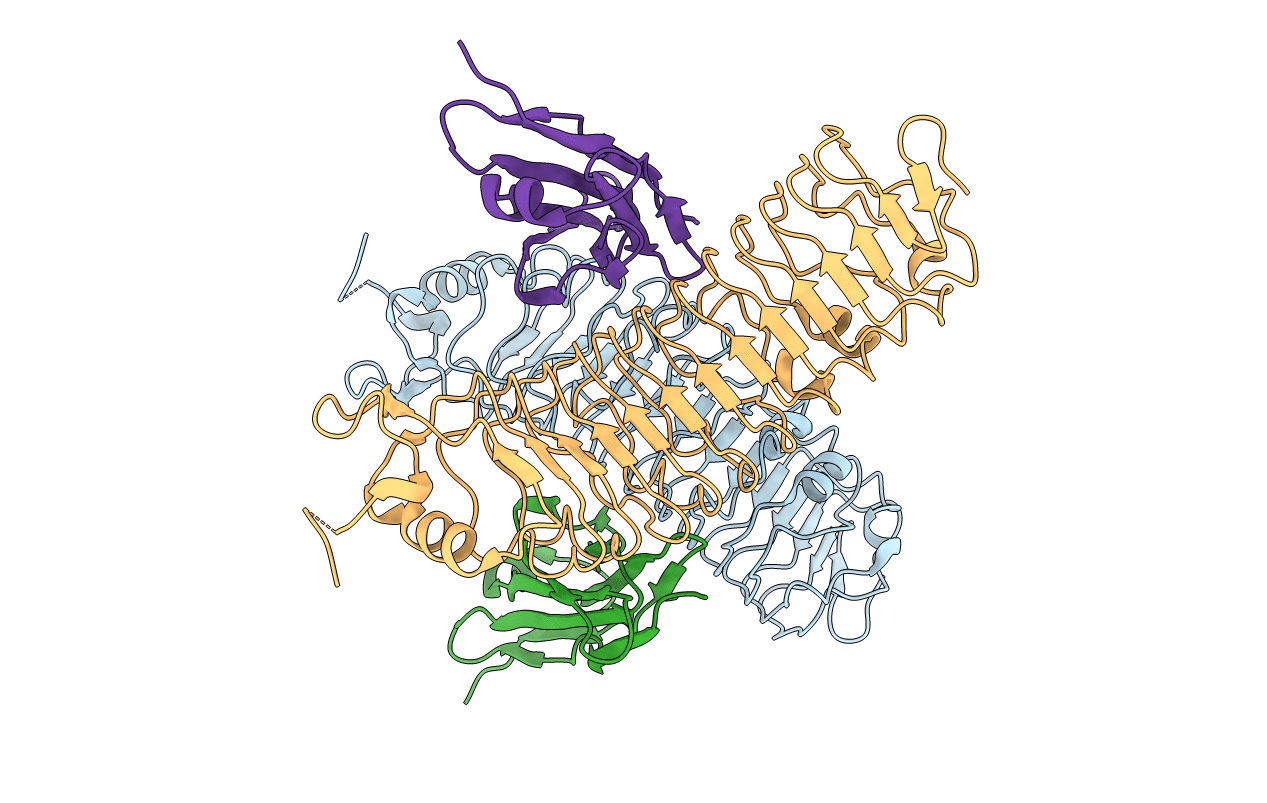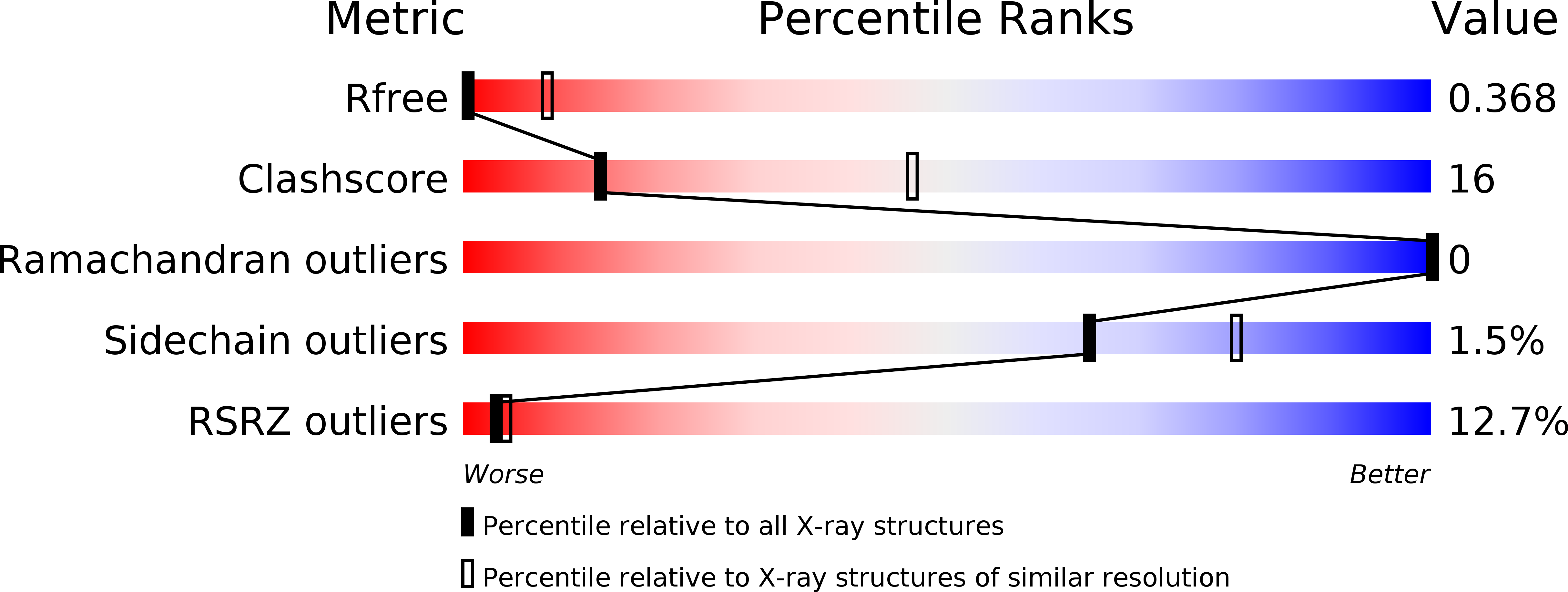
Deposition Date
2014-10-08
Release Date
2014-11-05
Last Version Date
2024-11-13
Entry Detail
Biological Source:
Source Organism:
MUS MUSCULUS (Taxon ID: 10090)
RATTUS NORVEGICUS (Taxon ID: 10116)
RATTUS NORVEGICUS (Taxon ID: 10116)
Host Organism:
Method Details:
Experimental Method:
Resolution:
4.00 Å
R-Value Free:
0.33
R-Value Work:
0.31
R-Value Observed:
0.31
Space Group:
C 1 2 1


